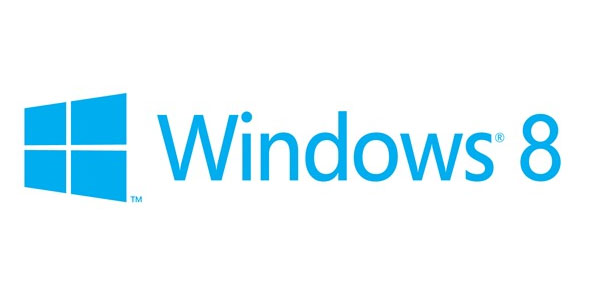However, that was not going to stay that way for long as hardware improved we saw the computer quickly pass the TV for resolution one of the first games I remember playing had the mind numbing resolution of 640 x 480 and was launched in DOS while it ran off of a 5-1/4 inch floppy disk. Even after I started working in technical journalism (in the days when Matrox, S-3, Diamond, were on top) and the Voodoo cards brought 3D Acceleration to the table (along with SLI) you were lucky to get playable games at 1024x768 while 1280x1024 was considered amazing. The golden resolution was 1600x1200 with 32 bit color at a minimum of 32 Frames Per Second.
So when I read the announcement that Microsoft is expecting to need to support 2k displays all the way down to the 10.1 inch screen I was not surprised. The reason you do not commonly see high resolution screens that small is because of the cost in getting the pixels that closely packed. Your average PPI (Pixels Per Inch) on a 19-inch 1920x1080 monitor is 116. To get this down into a 10.1-inch or smaller display you have to make the pixels smaller and pack them in tighter. This gets expensive with the current technology. The PPI on the Retina display in the New iPad is 264 although this is shy of the 326 on the iPhone 4 and 4S those are much smaller screens which makes them a little less expensive to manufacture.
Because of this everyone is all hot and bothered about the potential of the New iPad for high resolution images. Microsoft is not though; according to information that has been out Microsoft is expecting (and has been expecting) to need to support not only 2k 10.1 inch screens, but also the potential for 4k screens for both ARM and x86 tablets. Additionally Microsoft expects AMD, nVidia and Intel to support these resolutions in ultrabooks, netbooks and notebooks. Why are they expecting this? Well you see there has been a huge push to put medical records online. Currently most of these companies require ActiveX (and in some cases Silverlight); after working with more than a few doctor’s offices and the headaches they ran into trying to get their EMR (Electronic Medical Records) to work on an iPad they switched to Lenovo, Dell and even Asus x86 tablets so they can view all of the items from X-Rays to simple scanned documents that are stored in these online databases.
This puts the advantage in Microsoft’s court for a little while longer as many of these EMR companies have run under Microsoft pilot and sponsored programs (I actually worked for a company that Microsoft did this for with Microsoft Dynamics and CRM and it was well worth it). The game will even out once HTML 5 and a few other standards and in place, but that will be a while as upgrading the larger databases and services takes time and money. The majority are usually on a 3-5 year schedule so I would not count on HTML 5 for EMR until around 2014 or so. This, once again, put Microsoft out in the lead as they can support both the new HTML 5 standard as well as ActiveX/Silverlight platforms.
When Windows 8 hits the market for ARM and x86 in Q4 of this year (figure mid-October) it is going to shake things up. Even if it is not all that it should be (Metro might be a big problem) the simple fact that it will be able to support ActiveX, Silverlight, and many other Microsoft standards that are in use will be a big help in pushing sales. This might actually be a time when the Microsoft belief of “if we build it, they will come” might actually work. We are very eager to see what will happen once we have three big players in the tablet OS market. Unless we miss our guess the x86 tablet will make a slight comeback, while Windows 8 based ARM products should do very well.
Discuss this in our Forum
Editorials
Windows 8 on ARM to Support 2K and Above Resolutions... Of Course
- Details
- By Sean Kalinich
- Hits: 3152
 If there is one constant in the world or IT (in indeed the world) it is change. I remember learning that back in physics class many, many years ago. Change is not stoppable it is not something that you can run from and it is a law that seems to be the driving force behind so much. Where am I going with all of this? Well I talking about the way the consumer electronic markets and the PC markets are moving. When I first started tinkering around with hardware resolutions were laughable compared to what your average smartphone can pull off. I am talking about 192 x 160 with 8-bit color and this was considered cutting edge!
If there is one constant in the world or IT (in indeed the world) it is change. I remember learning that back in physics class many, many years ago. Change is not stoppable it is not something that you can run from and it is a law that seems to be the driving force behind so much. Where am I going with all of this? Well I talking about the way the consumer electronic markets and the PC markets are moving. When I first started tinkering around with hardware resolutions were laughable compared to what your average smartphone can pull off. I am talking about 192 x 160 with 8-bit color and this was considered cutting edge!



